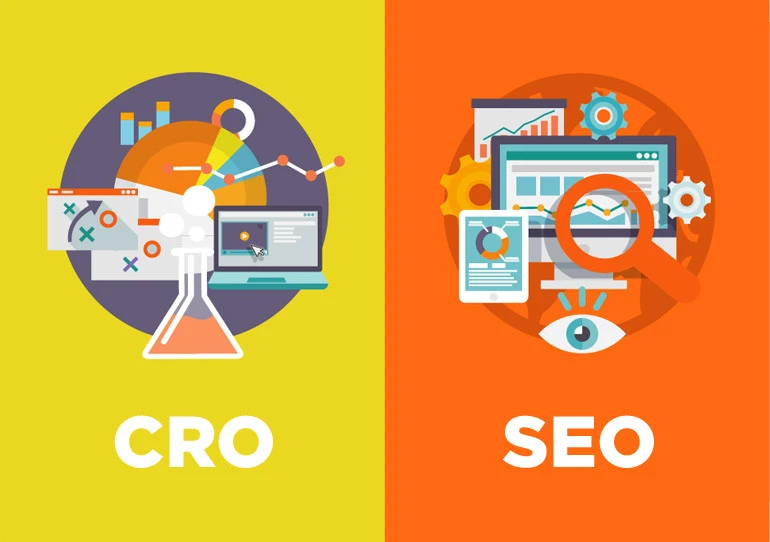People frequently consider search engine optimization (SEO) and conversion rate optimization (CRO) to be two distinct tactics. But are they? You might be surprised by how much overlap there is between SEO and CRO and how well they complement one another to produce results.
These are two critical components of an effective digital marketing plan. While both strive to increase a website’s exposure and performance, their approaches and focus differ.
SEO and CRO should work together in 2023 and beyond. Want to know more about SEO vs. CRO and why they both have a place in your marketing strategy?
Read on below to learn more about the differences between SEO and CRO, as well as their relationship and how to use them in tandem.
What is Search Engine Optimization (SEO)?
Search engine optimization is the process of improving a website’s ranking on search engines such as Google, Bing, and Yahoo. SEO’s purpose is to enhance organic traffic to a website by making it easier for search engines to grasp a website’s content and relevance.
This is performed through a mix of technical optimization (enhancing website structure and code) and content optimization (creating keyword-rich material and developing quality backlinks).
What is Conversion Rate Optimization (CRO)?
Conversion rate optimization is the process of increasing the percentage of website visitors that complete a desired activity, such as completing a purchase, filling out a form, or signing up for a newsletter.
The purpose of conversion rate optimization (CRO) is to increase the value of each website visitor by turning them into customers.
CRO is the process of evaluating user behavior and implementing data-driven adjustments to a website in order to improve the user experience and boost conversions. You can hire the services of an ecommerce CRO agency to help you with this part of the process.
What is a Conversion?
A visitor fulfilling a site goal is referred to as a conversion. Goals come in a variety of forms and sizes. If you offer things through your website, the primary aim (known as the macro-conversion) is for the user to make a purchase.
Smaller conversions, such as signing up to receive emails, can occur before a user completes a macro-conversion. These are known as micro-conversions.
What are the Differences Between SEO and CRO?
While both CRO and SEO attempt to enhance a website’s performance, they differ in their focus and methodology. SEO focuses on raising a website’s exposure in search engines, whereas CRO focuses on enhancing the user experience and generating conversions.
SEO focuses on enhancing a website’s technical elements and content, whereas CRO focuses on evaluating user behavior and implementing data-driven modifications to the website to improve the user experience.
How do SEO and CRO Work Together?
While CRO and SEO are distinct, they are also mutually beneficial. A website that is search engine optimized and provides a great user experience is more likely to rank higher and turn visitors into clients.
Improving a website’s exposure via SEO can attract more visitors to the site, which can subsequently be optimized for conversions using CRO. Businesses may gain better results from their websites and enhance their whole digital marketing strategy by concentrating on SEO and CRO.

No Responses